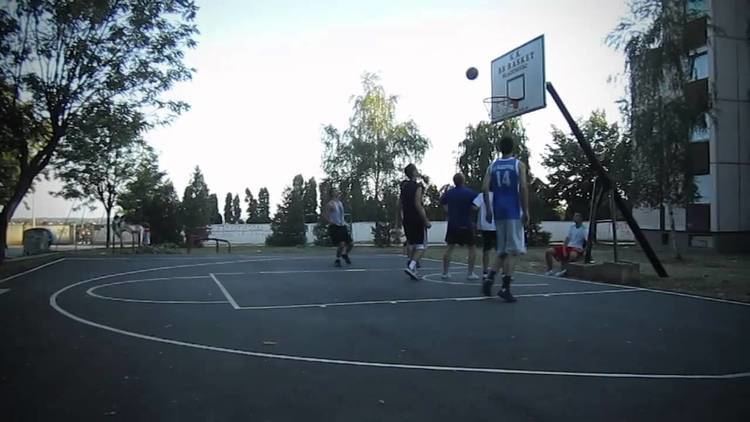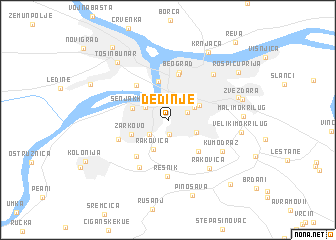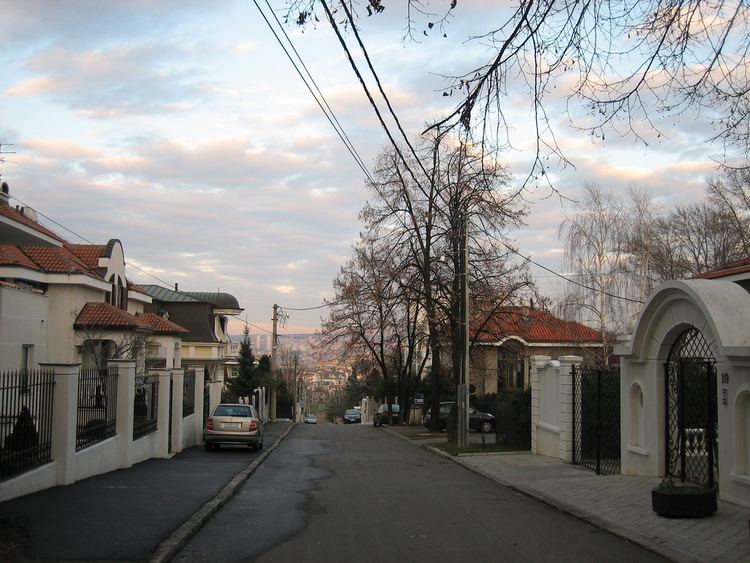 | ||
Dedinje drive
Dedinje (Serbian Cyrillic: Дедиње, [dɛ̌diːɲɛ]) is an urban neighborhood of Belgrade, the capital of Serbia. It is located in Belgrade's municipality of Savski Venac. Dedinje is generally considered the wealthiest part of Belgrade, and is the site of numerous villas and mansions owned members of the city's plutocracy, as well as many diplomatic residences.
Contents
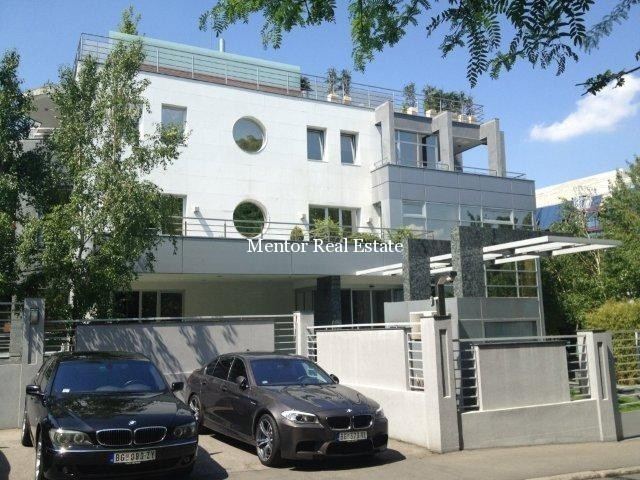
Banjica dedinje beograd
Location
Dedinje is located on the eastern slopes of the hill of Topčidersko Brdo, 7-8 kilometers south of downtown Belgrade to which it is connected by the Kneza Miloša street. It borders the neighborhoods of Senjak (west), Prokop and Mostar (north), Stadion and Diplomatska Kolonija (actually, Dedinje's sub-neighborhood; east), Banjica, Lisičji Potok and Topčider (south). It is well connected to the other parts of Belgrade by several boulevards (of Prince Aleksandar Karađorđević, Vojvoda Putnik) and broad streets (Teodora Drajzera, Neznanog junaka, etc.). Main street in the neighborhood itself is the Užička street.
History

Before it was urbanized, the area of modern Dedinje was known for its vineyards and had different names, though all variants of one the same: Dedija, Dedina, Dedino brdo (literally, old man's hill; Serbian deda means old man, grandfather).

Dedinje belonged to the municipality of Topčidersko Brdo, which in 1957 merged with the municipality of Zapadni Vračar to create the municipality of Savski Venac. Dedinje (local communities which comprise its area) had a population of 8,704 in 2002.
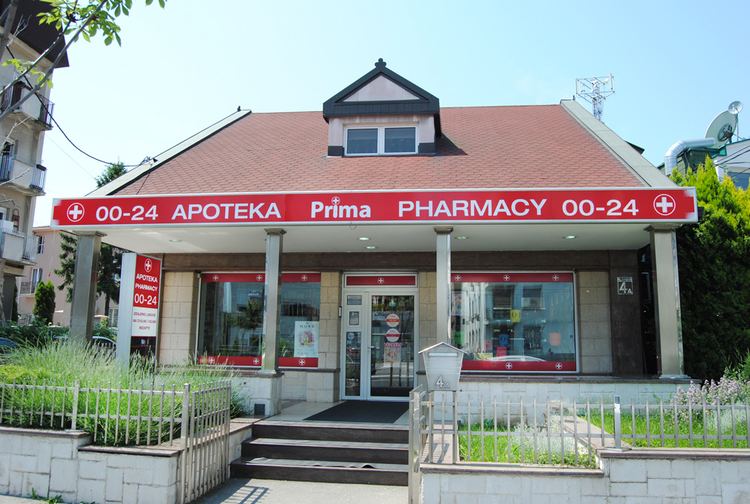
Dedinje became popular among Belgrade's rich even before World War II, when it was on the outskirts of the city (thus many military barracks intended to defend the city, which later spawned tens of kilometers further). Many beautiful mansions in green neighborhood have been built, but in 1945 when Communists took over, they declared almost all former residents a state enemies and forced them out of their houses, so the new Communist political and military elite moved in, Tito being among the first. It continued after the collapse of Communism in 1980s, when the nouveau riche (politicians (like Slobodan Milošević), shady businessmen (like Karić family or Željko Mitrović) and criminals (like Željko Ražnatović Arkan) moved into the neighborhood and began expanding their villas and erecting high concrete walls. Most of such construction was illegal, often intruding on the property of Dedinje families that had been there for generations preceding the arrival of the nouveau riche/criminal class.

Apart from this, the neighborhood is a site of many embassies, diplomatic residences and some of Belgrade's most expensive restaurants and clubs. In 2013, it was announced that the villa “Crnogorka”, in Uzicka Street, was to be returned to Princess Elizabeth of Yugoslavia. The villa was bought by her mother, Princess Olga, in 1940, and taken by the state in 1947. It is currently owned by the Serbian government and used as the official residence of the Ambassador of Montenegro.
Notable locations
Some of the prominent features of the neighborhood are:
